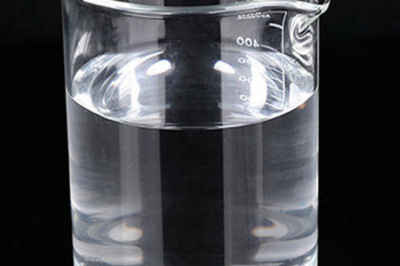views

Protein structure analysis is one of the core contents of protein engineering. It mainly collects a large amount of protein molecular structure information in order to establish a database of the relationship between structure and function, thereby laying a foundation for theoretical research on the relationship between protein structure and function. Protein structure analysis is of great significance for the strategic consideration and specific approach selection of protein engineering aiming at designing and constructing novel proteins.
According to the data in the database established by the analysis of the structure and function of natural proteins, the spatial structure and biological function of the peptide chain of a certain amino acid sequence can be predicted. It is also possible to analyze and calculate the three-dimensional structure and biological function of protein molecules through molecular dynamics, molecular thermodynamics, etc., according to the basic principles such as the lowest energy and no two atoms can exist at the same position at the same time.
The theoretical prediction methods of protein structure modeling are based on the theory that the primary structure of amino acids determines the higher structure, which can be roughly divided into the following three categories.
(1) Comparative modeling method
Comparative modeling is a knowledge-based protein structure prediction method, also known as homology structure prediction, which is based on a large number of known protein three-dimensional structures to predict protein structures with known sequences but unknown structures.
2) Reverse folding method
The reverse folding method is a relatively new method developed in recent years. It can be applied to the situation where there is no homologous structure to directly predict the tertiary structure, so that it can bypass the current limit of the accuracy of secondary structure prediction not exceeding 65%. It is a potential prediction method.
The main principle of the reverse folding method is to match the sequence of the unknown protein with the known structure, and find one or several best matching structures as the predicted structure of the unknown protein. Its realization process is to summarize the known independent protein structure patterns as templates for matching unknown structures. Then, the average potential function that can distinguish between positive and wrong structures is used as a criterion to select the best matching method.
The limitation of this method is that it assumes that protein folding types are limited, so it is only possible to predict the unknown protein structure when the unknown protein and the known protein structure are similar. This method cannot be used if the unknown protein structure is of a type that has not yet emerged.
(3) Ab initio prediction method
Theoretically, ab initio prediction method is the most ideal protein structure prediction method. It requires that the method itself can predict the secondary structure and high-level structure of the protein only based on the amino acid sequence of the protein, but this requirement cannot be fully obtained at present.
The ab initio method is derived from Anfinson's lowest free energy configuration hypothesis. The first two methods use proteins with known structures as templates to construct new structures, while de novo calculations do not require templates. It is based on physics to study the method of protein folding. How to design an appropriate energy function and how to find the corresponding minimum free energy is the key to this method.












